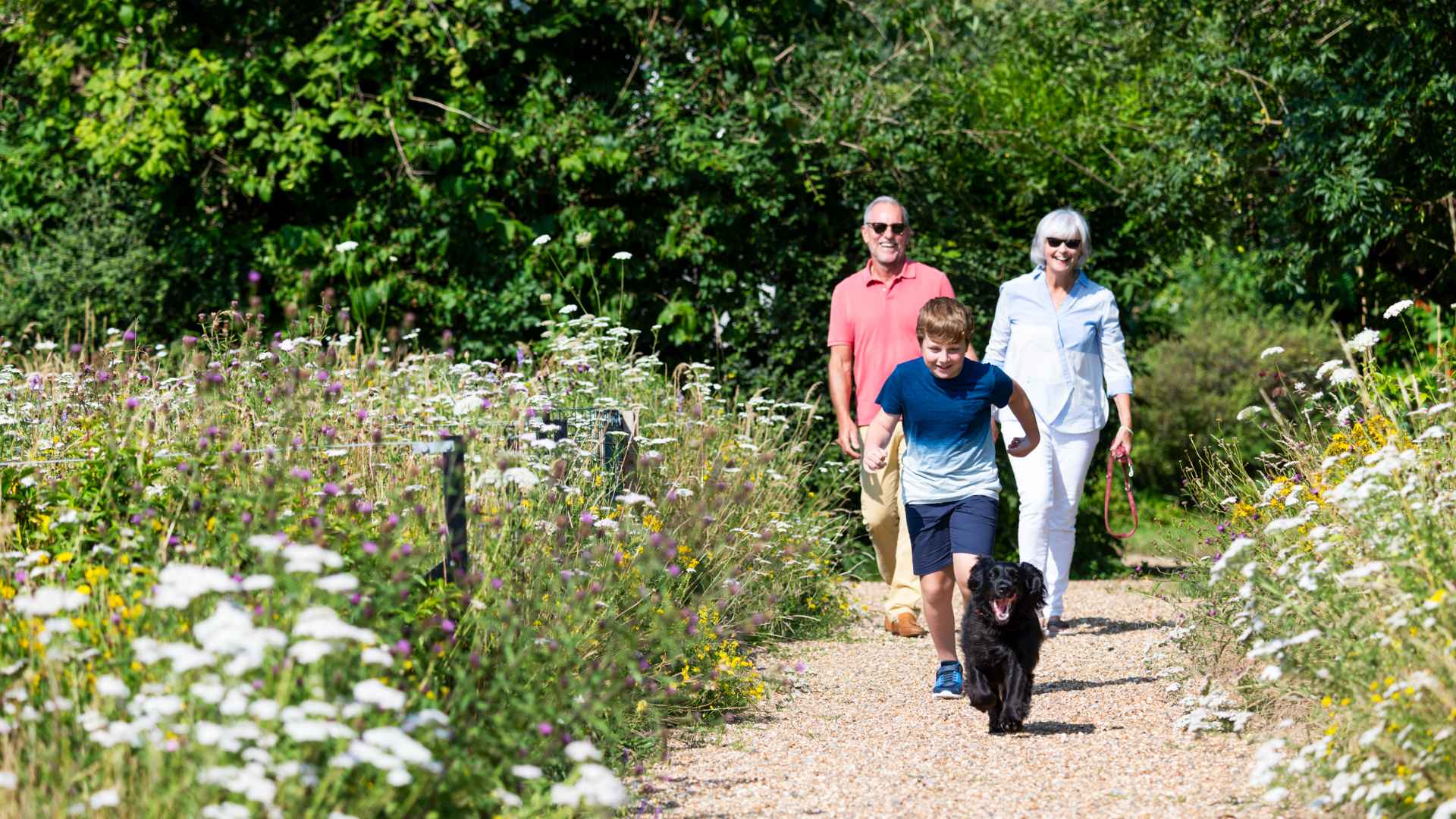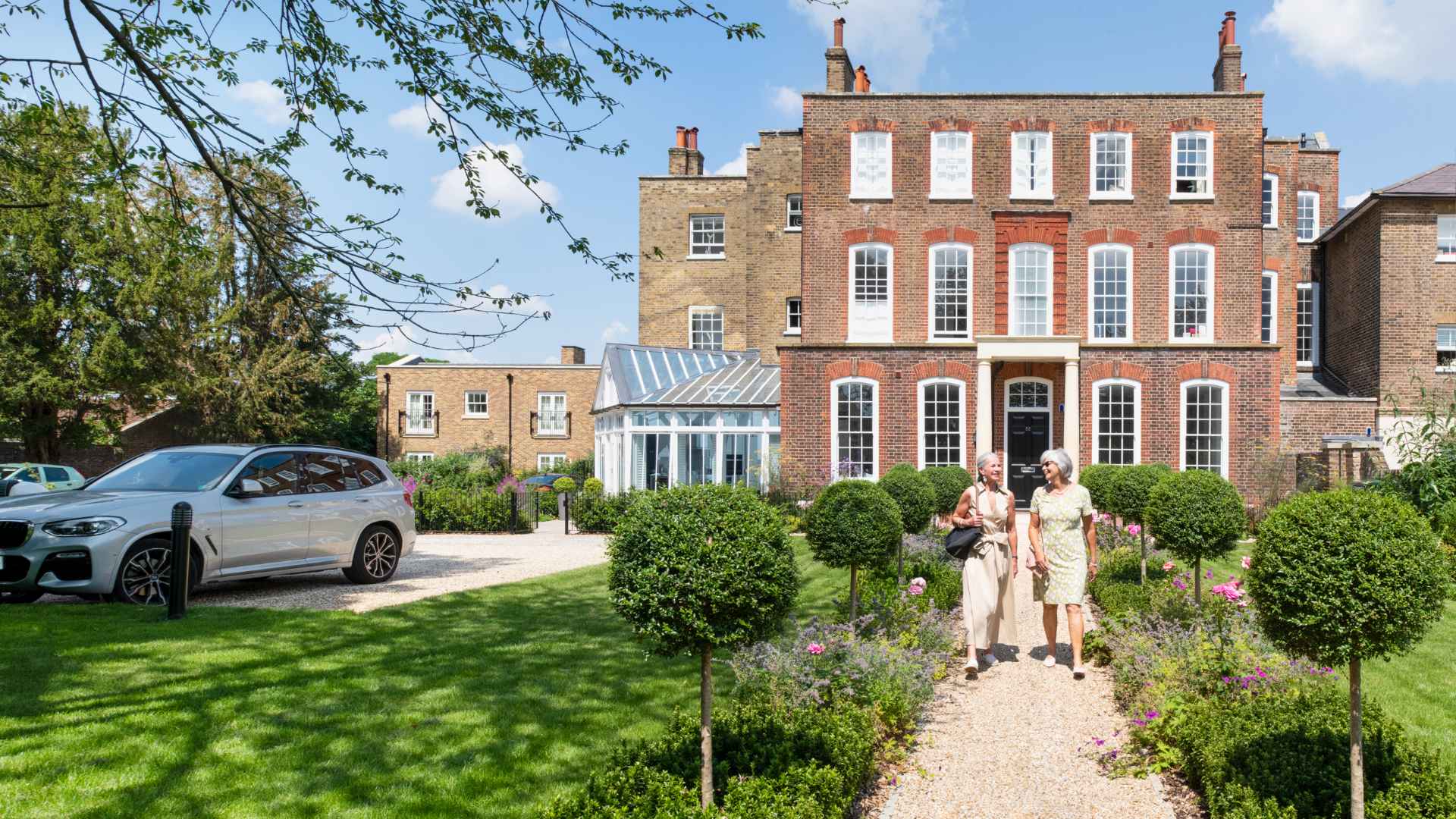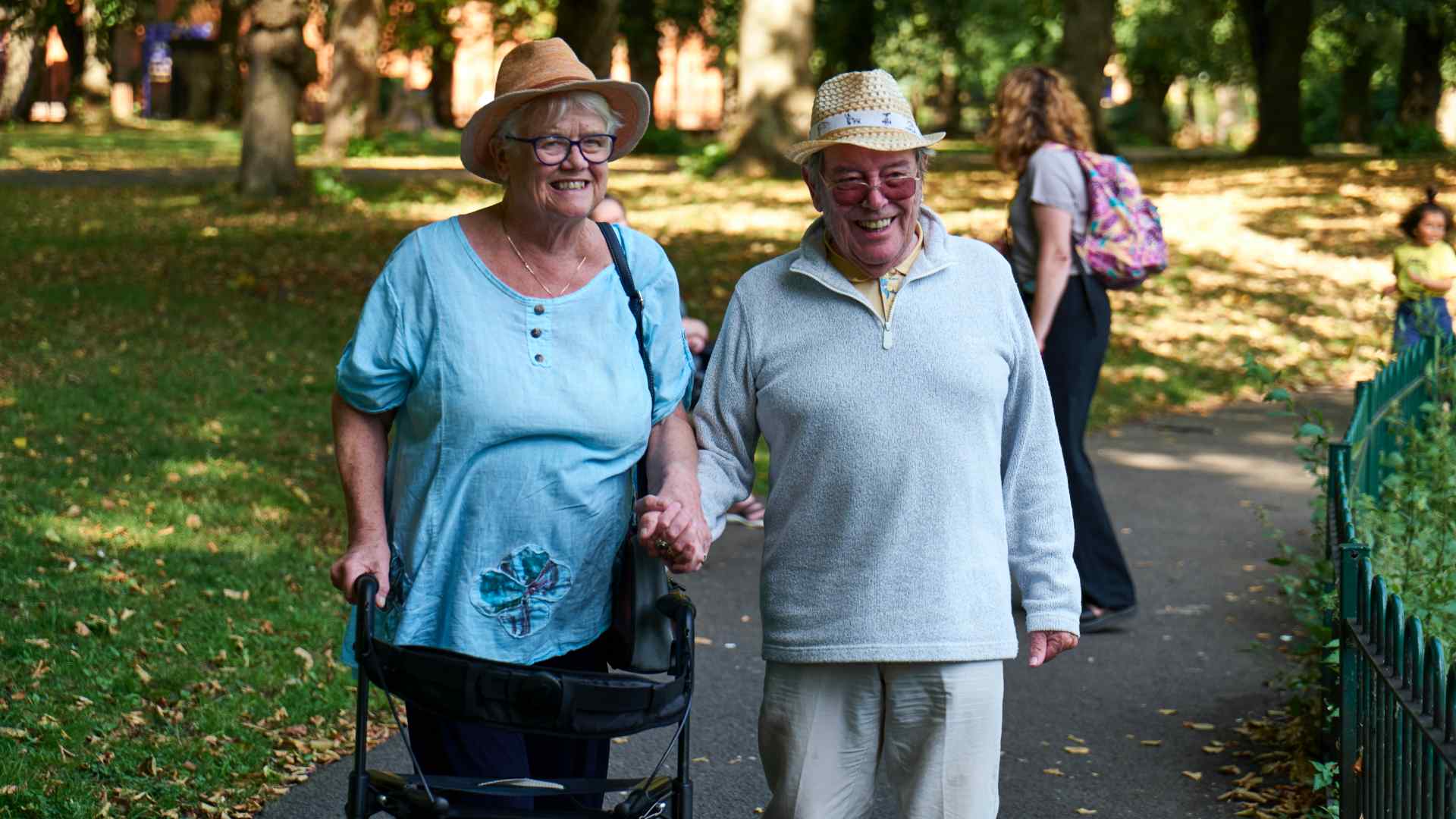Join a walking group
If you’re a seasoned walker, you may enjoy walking in the company of others. Many branches of the U3A provide walking groups and there’s the Ramblers Association. The Ramblers’ yearly subscription is around £35 and this means that you can walk with any group in the country and receive the quarterly ‘Walk’ magazine and discount on equipment from selected shops if you show your membership card.
The Ramblers also help the county councils maintain the countryside, clearing footpaths, replacing damaged stiles with kissing gates and even building simple bridges.
Local Ramblers groups across the South East walk through some of the country’s most glorious countryside and many Beechcroft retirement communities have a local group ‘on the doorstep.’


.jpg)
.jpg)
.jpg)

%20(1).jpg)
.jpg)